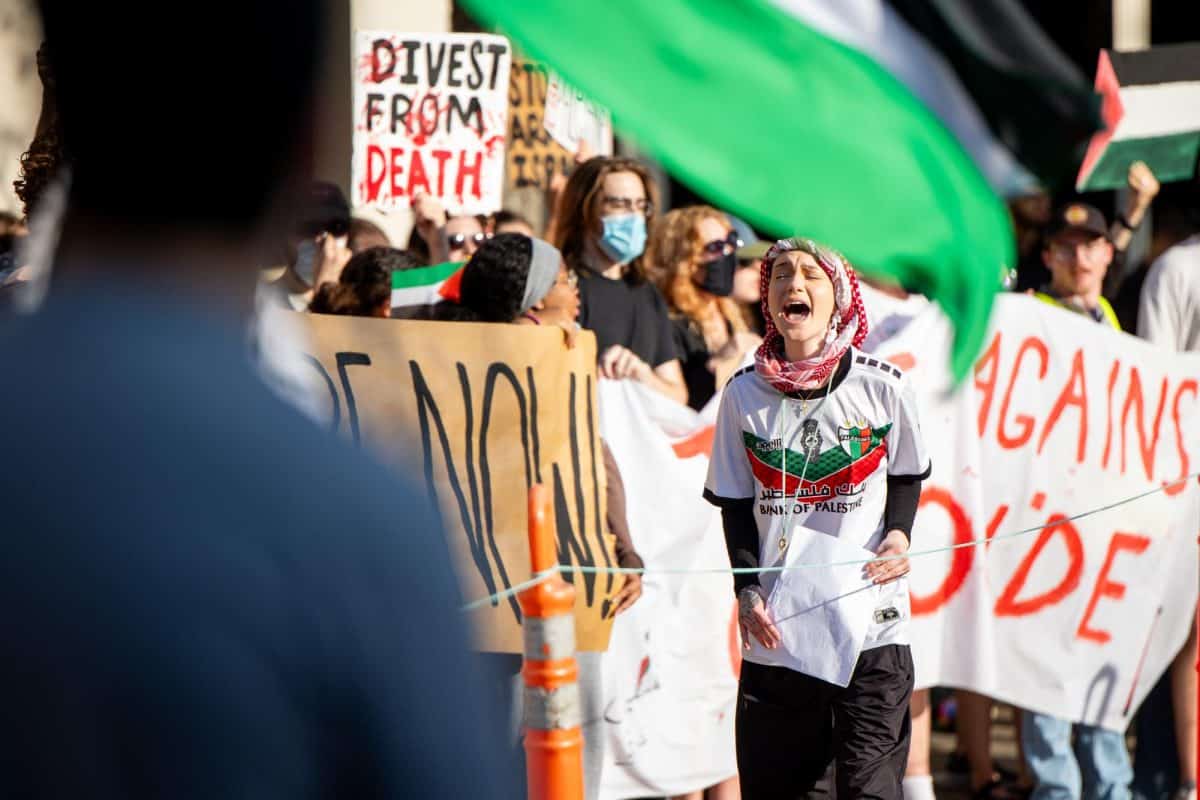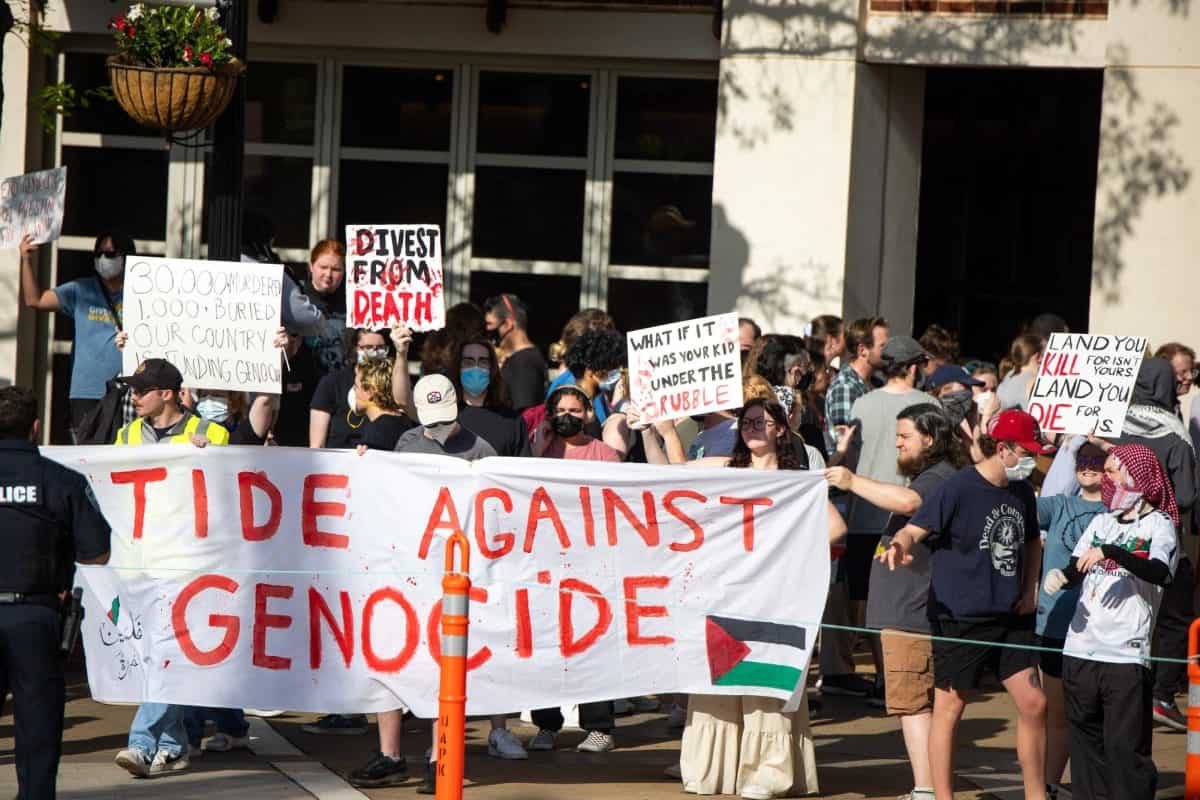University of Alabama employees will host a bone marrow registry drive on campus to support a co-worker recently diagnosed with a rare blood cancer. The drive will take place Oct. 31 outside of Reese Phifer Hall and the Ferguson Plaza from 10 a.m. to 3 p.m.
Gray Lloyd, a graduate of the University and producer at the Center for Public Television and Radio in Reese Phifer, was diagnosed with blastic plasmacytoid dendritic cell neoplasm in August. Doctors told Lloyd in addition to chemotherapy, he would need a bone marrow transplant to keep his cancer from coming back.
“Due to the severity of my cancer, a bone marrow transplant must be done during the first remission,” Lloyd said. “Otherwise, the cancer will come back, and it usually kills you.”
Lloyd was matched with his donor through the Be The Match registry, which is operated by the National Marrow Donor Program. Be The Match is the world’s largest registry of potential bone marrow donors, with 9.5 million people on the list to donate.
Rachel Harris, account executive for Be The Match, said college students were often prime candidates to join a donor list.
“Transplant doctors choose donors between the ages of 18 and 44 the majority of the time,” Harris said. “We need young, diverse members on the registry to give patients a better chance to find a match and a hope for a cure.”
A cheek swab is taken to join the registry, and that determines if the donor could be a match for anyone, Harris said.
“The [bone marrow] donation process is easier than most people think,” Harris said. “Over 80 percent of the time, it’s a blood process similar to donating platelets. The other 20 percent, it’s an outpatient procedure where a needle is used to take marrow from your hip, and you are asleep for the entire process.”
Lloyd was first told by his doctor that it would likely be one to three months before he was matched with a non-related donor, but his match was found faster than the doctors anticipated.
“When I went in for my second chemo treatment in October, we met with the bone marrow team beforehand, who informed me that they had found a match,” Lloyd said. “We didn’t believe what we were hearing at first. In the back of my mind, I thought it would be much longer before they would find a match for me.”
Lloyd said he was thankful there were people who have already signed up to register for bone marrow donation, and he hopes to see students respond to the drive.
“The process is not as complicated or as painful as it used to be, and by doing this, you are saving someone’s life,” Lloyd said. “I can’t thank my donor enough because who knows where I would be in a couple months without him.”
For more information about the Be The Match registry, contact Rachel Harris at [email protected].






